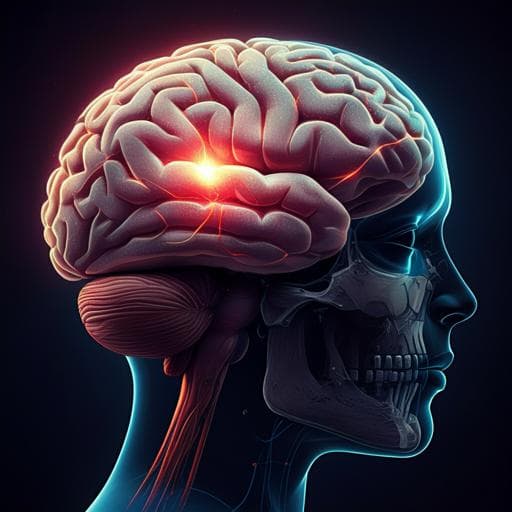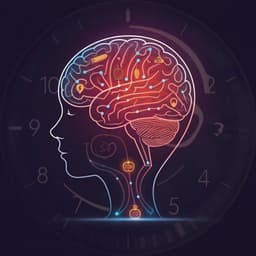
Psychology
Oxytocin normalizes the implicit processing of fearful faces in psychopathy: a randomized crossover study using fMRI
J. Tully, A. Sethi, et al.
This exciting research by John Tully and colleagues explores how oxytocin impacts the neural responses to fear in violent offenders with and without psychopathy. Discover how this neurochemical could reshape our understanding of empathic processing in individuals with antisocial personality disorder.
~3 min • Beginner • English
Related Publications
Explore these studies to deepen your understanding of the subject.







